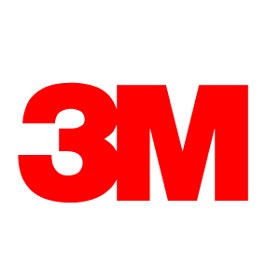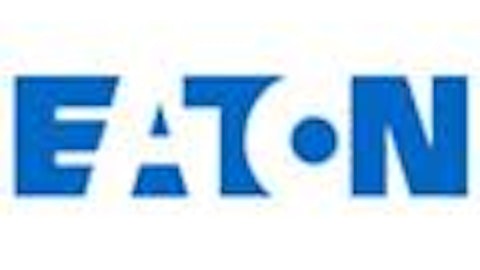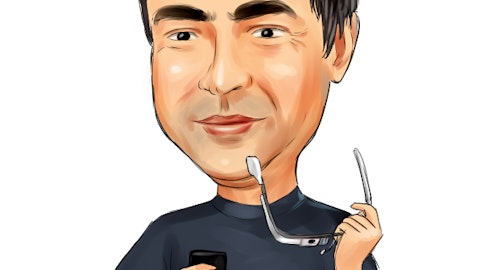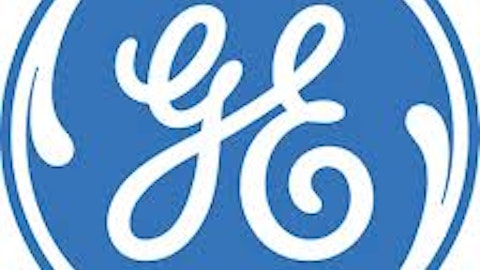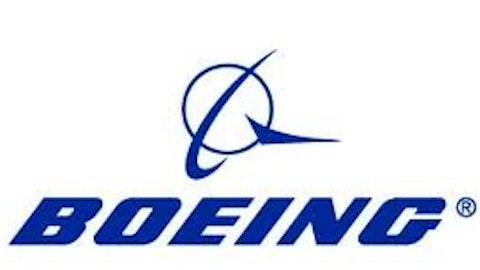Forget what you know about 3M Co (NYSE:MMM) : that it’s been around for more than a century, posts sales in the tens of billions of dollars, and enjoys a reputation as a consistent, if slightly stodgy, manufacturer of adhesives and abrasives. The company also happens to possesses an alter ego that is focused on the future and gunning for growth. Let’s examine three characteristics of 3M that contradict conventional wisdom.
3M is young
Sure, 3M Co (NYSE:MMM) has been in existence since 1902, and still reaps benefits from inventions introduced in the early 20th century, such as masking tape and Scotch tape. But to borrow a metaphor from physiology, while the company’s chronological age is 111, its biological age is a much smaller number. 3M is bent on bringing new products to market. The company measures itself in this area by a metric it developed in the late 1980s known as the “New Product Vitality Index,” or NPVI. This metric tracks the proportion of company revenues from new products (defined as products less than five years old) to all products sold. In 2008, 3M calculated its NPVI at 25%. Last year, 3M’s NPVI was 33%. The company is shooting for an NPVI of 40% by 2017.
Achieving such a high ratio of new sales to total sales may trigger a few complications, including a potential attention deficit to products that take more than five years to achieve their maximum revenue potential. But, as an investor, you would rather the company take risks in favor of innovation than to rest on the broad shoulders of its longer-lived product lines.
3M Co (NYSE:MMM)’s opportunity in the developing markets of Latin America, Asia, and Africa is another sign of its relative youth. The company identifies its health-care and consumer business segments as ripe for developing market expansion, as the revenues in these segments are for now concentrated in mature markets. The health-care segment, for example, derives only 21% of present revenue from developing markets. At a 31.9% operating margin, health care is far and away the most profitable operating segment at 3M. Health care generates 42% higher returns than the next most profitable segment (Industrial). Maintaining this ballpark operating margin while expanding sales in developing markets will contribute quite efficiently to 3M’s overall profit margin.
3M is small and diversified
By most standards, 3M Co (NYSE:MMM) is a leviathan of a company. It employs more than 88,000 people, and it ranked 101st on the 2013 Fortune 500 list. But in the select group of diversified international conglomerates to which it belongs, 3M is relatively small. By revenue ($30.4 billion in 2012), it’s half the size of U.S. peer United Technologies Corporation (NYSE:UTX), one-third the size of German conglomerate Siemens AG (ADR) (NYSE:SI), and one-fifth the size of General Electric Company (NYSE:GE). The company’s operating segments are fairly even in terms of revenue:
| Segment | 2012 Revenue | % of Total |
|---|---|---|
| Industrial | $9.9 | 32.6% |
| Health Care | $5.1 | 16.8% |
| Consumer | $4.4 | 14.5% |
| Safety & Graphics | $5.5 | 18.1% |
| Electronics & Energy | $5.5 | 18.1% |
| Total | $30.4 | 100.00% |
| Source: 3M Company. All dollar figures in billons. | ||
While nearly a third of revenues is generated by the Industrial segment, this segment also has the highest growth rate, with a three-year compounded annual growth rate, or CAGR, of 13%. The remaining segments average out at roughly $5 billion in annual sales each, with CAGRs that range from 6% to 9%. These segments are small enough to be manageable, with ample room to grow. Moreover, their relatively small footprint can be a virtue as the company continues to maintain the consistent returns it is known for.
For an illustrative counter example, we need look no further than GE: At its comparatively unwieldy size, it is less able to react quickly to changing demand within business segments. GE’s first quarter of 2013 was significantly affected by a decrease in its power and water segment revenues. Due to lower thermal and wind sales within this segment, revenue decreased from $6.5 billion to $4.8 billion, a 26% decrease year over year. Bear in mind that this segment’s revenues in a single quarter are roughly equal to what one of 3M Co (NYSE:MMM)’s segments sells in a year. At GE’s scale, it can be difficult to stop the momentum of a single division if it experiences significant weakness. The power and water segment declined dragged down GE’s entire results. Luckily for GE, it realized a gain from the sale of its remaining NBC stake to Comcast, effectively rescuing the business quarter. 3M has a long way to go before it reaches GE’s proportions, and in the meantime it will continue to be a more agile company.
3M is hungry
3M Co (NYSE:MMM) is committing between $1 billion and $2 billion per year for mergers and acquisitions in order to augment organic revenue at the company. At that dollar amount, 3M will likely engage in prudent, small deals, mostly cash, with mergers that can quickly accrete to its bottom line. The company historically has been quite efficient in utilizing its capital to acquire smaller companies. On the company’s first quarter 2013 conference call, CFO David Meline cited three deals in three different segments that added 1.7% to 3M’s sales growth in the quarter: Cerdayne (industrial), CodeRyte (health care) and FS Tech (safety and graphics). This boost in sales revenue from acquisitions was almost as great as organic growth of 2.1% during the quarter. CEO Inge Thulin recently stated that future acquisitions would occur in all five of the company’s segments.
Research and development is another area of appetite for 3M Co (NYSE:MMM). Comparing 3M to the peers discussed above, we can see that it leads its much bigger colleagues in R&D spending:
| Company | 2012 Revenue | R&D Expenditure | R&D % of Sales |
|---|---|---|---|
| MMM | $29,900 | $1,634 | 5.5% |
| GE, excluding GE Capital | $102,712 | $4,520 | 4.4% |
| UTX | $57,710 | $2,371 | 4.1% |
| SI | $101,110 | $5,437 | 5.4% |
| Source: Ycharts. All dollar figures in millions. | |||
